Soy milk, a beloved plant-based beverage enjoyed globally, owes its creamy texture and mild flavor to a seemingly simple yet crucial pre-step: soaking dried soybeans. For many, the process of making soy milk begins with this foundational question: How long should I soak the beans? The answer, while deceptively straightforward, holds significant sway over the final product’s taste, consistency, and nutritional profile. This article delves into the science and practicality of bean soaking, exploring the factors that influence soaking time, the consequences of rushing or prolonging this step, and expert tips to elevate your homemade soy milk game.
Why Soaking Matters
Before diving into timelines, it’s essential to grasp why soaking is non-negotiable. Dried soybeans, like many legumes, contain anti-nutritional compounds such as phytic acid and trypsin inhibitors. These substances can impede nutrient absorption and cause digestive discomfort. Soaking initiates a biochemical process that neutralizes these compounds while softening the beans’ fibrous structure. Properly soaked beans cook faster, blend smoother, and yield a milkier liquid with fewer gritty particles.
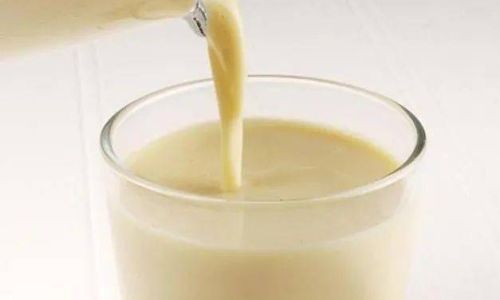
Factors Influencing Soaking Time
The ideal soaking duration isn’t a one-size-fits-all answer. Several variables come into play, each affecting how quickly water penetrates the bean’s hull and triggers enzymatic changes.
-
Bean Variety and Age:
Fresh, recently harvested soybeans may require less soaking than older, drier stocks. Additionally, smaller bean varieties (e.g., green soybeans) might absorb water faster than larger ones. -
Water Temperature:
Warm water (around 100°F/38°C) accelerates soaking, while cold water slows it down. However, hot water can partially cook the beans, leading to a mushy texture if overdone. -
Altitude and Humidity:
At high altitudes, lower atmospheric pressure may slightly alter soaking rates. Similarly, dry climates could cause beans to dehydrate faster, necessitating adjustments. -
Desired Texture:
Those aiming for ultra-smooth soy milk might opt for longer soaks to ensure complete hydration, while rustic, slightly textured batches could use shorter durations.
Recommended Soaking Times
While personal preference and environmental factors play roles, here’s a breakdown of generally advised soaking windows:
-
Standard Soak (Room Temperature Water): 8–12 hours.
This is the gold standard for most home cooks. Soaking beans overnight in cool water ensures they’re fully hydrated by morning, ready for cooking and blending.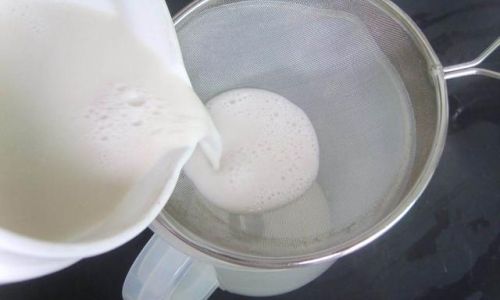
-
Quick Soak (Warm Water): 6–8 hours.
Using lukewarm water (not exceeding 120°F/49°C) can reduce soaking time without compromising results. However, avoid hotter temperatures to prevent premature gelatinization. -
Extended Soak (Cold Water): Up to 24 hours.
In arid climates or for older beans, a full day of soaking may be necessary. Change the water every 12 hours to prevent fermentation.
The Perils of Improper Soaking
Rushing the process or over-soaking can derail your soy milk efforts:
-
Under-Soaking:
Beans that haven’t absorbed enough water will resist blending, leaving chalky residues in your milk. They’ll also take longer to cook, increasing energy use. -
Over-Soaking:
Beyond 24 hours, beans may ferment (especially in warm environments), imparting a sour taste. The beans could also split or become waterlogged, resulting in thin, watery milk. -
Temperature Missteps:
Hot water can leach nutrients and create a gluey texture, while icy water might not activate enzymes effectively.
Benefits of Perfectly Soaked Beans
Mastering soaking time unlocks several advantages:
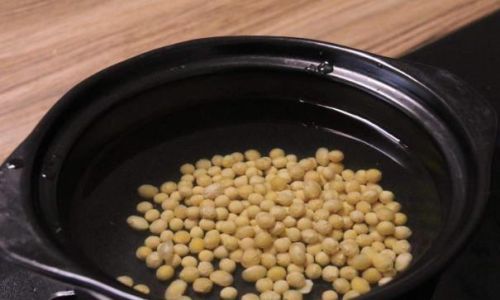
-
Enhanced Nutrient Bioavailability:
Soaking reduces phytic acid, allowing the body to absorb calcium, iron, and zinc more efficiently. -
Improved Digestibility:
Breaking down oligosaccharides (sugar molecules) minimizes gas and bloating, a common complaint among legume consumers. -
Richer Flavor:
Well-hydrated beans develop a mild, natural sweetness that shines through in unsweetened soy milk. -
Cost and Time Efficiency:
Pre-soaked beans cook 20–30% faster, saving stovetop energy and reducing wear on blenders.
Expert Tips for Soy Milk Perfection
-
Use a Large Container:
Beans expand up to three times their dry size. A bowl or jar with ample space prevents overflow. -
Add a Pinch of Salt:
A non-iodized salt (e.g., kosher or sea salt) can help tenderize beans further during soaking. -
Rinse Thoroughly Post-Soaking:
Drain and rinse beans under cold water to remove loose hulls and debris.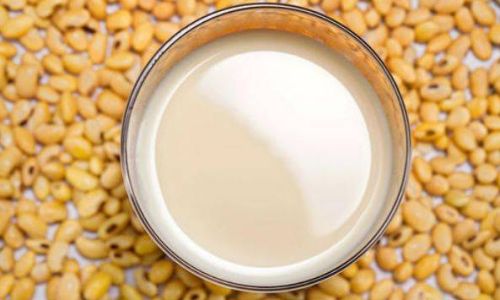
-
Cook Before Blending:
Simmer soaked beans for 15–20 minutes until tender. This step fully deactivates anti-nutrients. -
Experiment with Add-Ins:
After straining the milk, infuse it with vanilla, dates, or cardamom for gourmet flair. -
Store Properly:
Homemade soy milk lasts 3–5 days refrigerated. For extended shelf life, consider pasteurizing at 180°F (82°C) for 20 minutes.
Cultural Nuances and Modern Adaptations
In traditional Asian cuisines, soaking times often align with seasonal rhythms. Winter soaks might last longer due to colder water temperatures, while summer preparations favor shorter durations to avoid spoilage. Modern kitchen gadgets like Instant Pots or slow cookers offer alternatives: the “slow soak” function on some models mimics overnight hydration in 2–3 hours.
Vegans and allergy-sensitive individuals further benefit from tailored soaking. For example, those with soy sensitivities might opt for shorter soaks to retain slightly firmer beans, reducing lectin content (though this is anecdotally debated).
Debunking Myths
-
“Soaking removes all nutrients.”
While some water-soluble vitamins (e.g., B vitamins) leach into soaking water, the loss is minimal. Save the water for cooking rice or broths to retain nutrients. -
“You can skip soaking if you have a high-power blender.”
Even top-tier blenders struggle with under-soaked beans, resulting in a gritty texture. Soaking remains non-negotiable for silkiness.
-
“Fermented soy milk (e.g., tempeh) requires the same soaking.”
No—fermented products use a different process, often involving inoculation with bacteria or fungi after minimal soaking.
Conclusion
The question of soaking time transcends mere convenience; it’s a gateway to crafting soy milk that’s both delicious and nutritionally optimized. By respecting the beans’ need for adequate hydration—typically 8–12 hours in cool water—you unlock their full potential. Whether you’re a purist adhering to tradition or a modernist embracing appliances, the principle remains: patience yields perfection. So next time you measure out a cup of soybeans, remember that the journey to velvety, wholesome soy milk begins not with the first simmer, but with the first drop of water. Soak wisely, and savor the results.



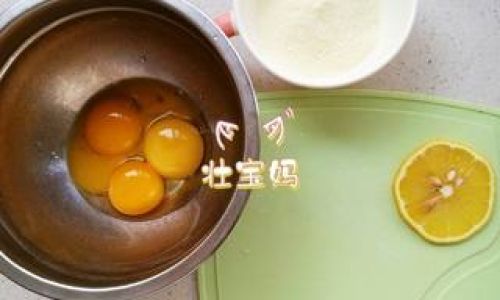
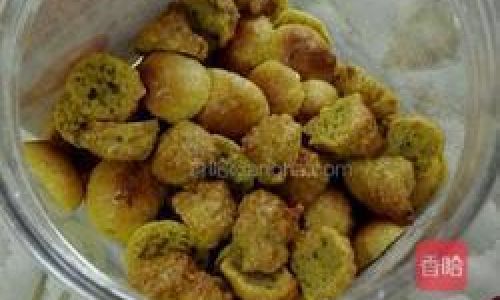
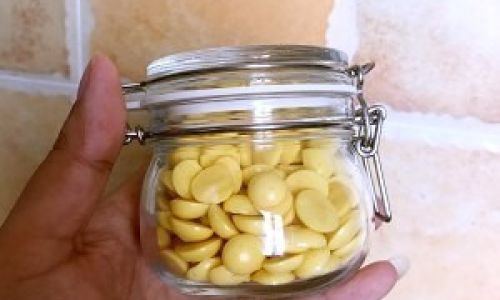
0 comments